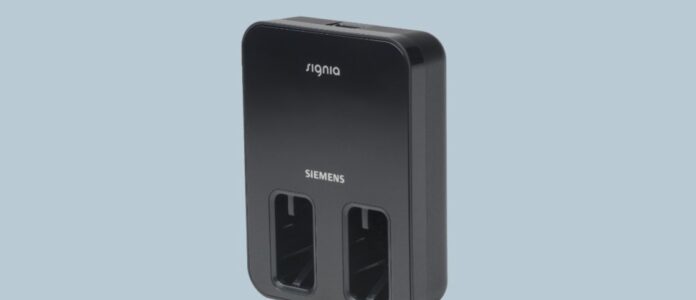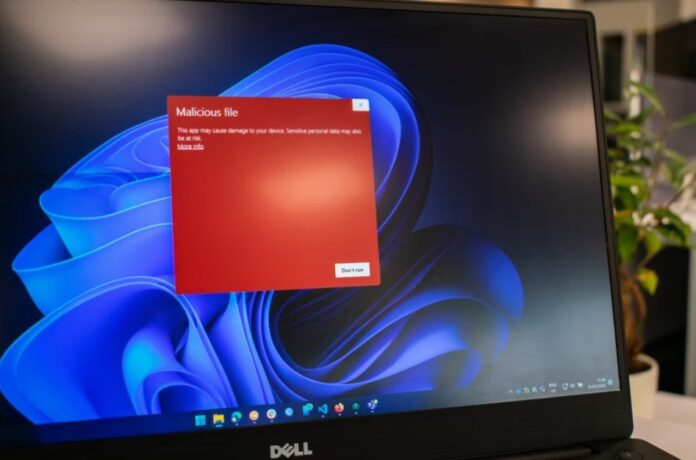Rechargeable silver-zinc batteries typically last around a year. But if you use your hearing aid frequently, you can extend the battery life by using these tips. First, store your hearing aid battery away from moisture and heat. Batteries stored in high humidity or heat can be destroyed or damaged before use. And do not store hearing aid batteries in the refrigerator. It would help if you did not place them in a hot car or the refrigerator.
Rechargeable silver-zinc batteries last about a year.
A typical hearing aid battery lasts about one year, although some models require additional replacements. Most hearing aids use zinc-air button disposable batteries. They are air-activated, which means they turn on after a minute of activation. These batteries do not need to be recharged every time they are used so you can leave them in the charger for up to a year.
Rechargeable silver-zinc hearing aids batteries last about a year, and unlike disposable batteries, they are easier to replace. Rechargeable hearing aid batteries are typically gold in color so that you won’t confuse them with zinc-air batteries. However, the batteries should be stored in a secure, dry place away from metal objects. In addition, they should be recharged the night before each use.
Rechargeable silver-zinc hearing aids are environmentally friendly and non-toxic. These batteries have a high energy density, delivering up to 24 hours of continuous use. And because they are removable, you can use your hearing aid while it charges. Rechargeable silver-zinc hearing aids also allow for backward compatibility, keeping your hearing aid on while it charges.
A typical binaural hearing aid battery can last from three to twenty-two days. The life of a hearing aid battery depends on the hearing aid, its capacity, and how often you use it. Smaller hearing aids may require replacement every three to four days, while larger ones can last for weeks. However, most hearing aid batteries last about a year. Some cases may need to be replaced more frequently, especially if they are used daily.
Tips to extend the battery life of hearing aids.
Most hearing aid users have to replace batteries regularly, but there are some simple tips you can follow to keep your hearing aid batteries lasting longer. The first thing you need to remember is not to buy hearing aid batteries in bulk. The batteries will deplete faster when they are close to their use-by date. Instead, buy new ones as soon as they’re available and keep them in a cool, dry place.
Another way to extend the battery life of your hearing aids is always to turn off the device when not in use. It will reduce battery drain and allow the battery to breathe. It’s also helpful to keep the battery door open when not in use, allowing moisture to escape. Not only does this help to extend the battery’s life, but it also keeps the battery from corroding over time.
Another tip to improve the battery life of your hearing aids is to remove the protective sticker on the battery. It allows oxygen to mix with zinc oxide, which energizes the battery. Moreover, your hearing aids can last up to three days longer than their original ones by following these tips. The longer your battery stays, the more you’ll be able to save money on the battery replacement costs.
Another way to extend the battery life of your hearing aids is to store them away from dirt and humidity. Usually, batteries have a plastic sticker that you can remove when changing them. In addition, it would help to let them breathe for about 5 minutes before inserting them into your hearing aid. Doing this will ensure that the battery can fully charge and work properly. This process can prolong the battery’s life by as much as four or five days.
Keeping your hearing aids in a dry place with normal room temperature will extend the life of your hearing aids and save you money in the long run. Ensure that the batteries are correctly charged and always store them in a cool, dry place. Do not store them in the fridge or freezer as moisture and cold air will clog them. Avoid leaving them by heating vents, too.

















